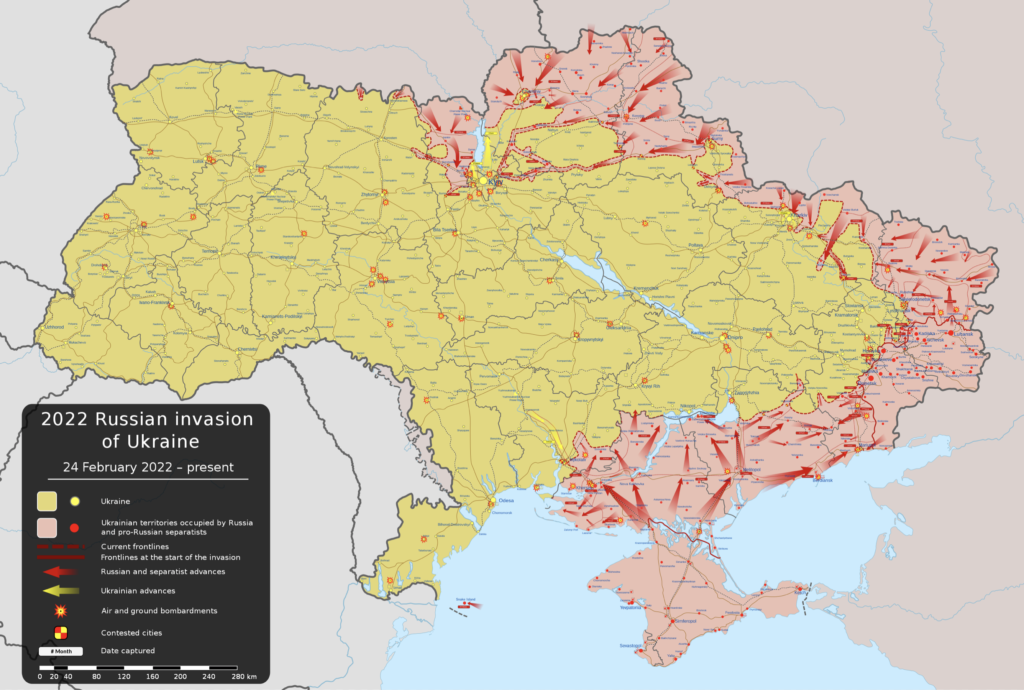
“We believe that widespread, effective and voluntary use of medically sound and individually acceptable birth control is an essential factor in any humane design to raise world living standards and achieve international peace.”
I read these words in Scientific American in 1960. It was close enough to World War II that I knew about the quest for the Germans for “lebensraum”, so it made intuitive sense.
Hitler was envious of the people who left Europe and settled the Americas. Immigrants were treated to unspoiled forests and fertile land, unlike what they had left behind in Europe. Those settlers used murder, disease and starvation to rid the land of the indigenous people who were already there. We descendants benefitted hugely from the Americas’ resources.
As part of the “Masterplan for the East”, Hitler and the Nazis invaded what is now Poland, Ukraine and other countries. This genocidal plot was to get rid the of the inhabitants of the rich land to the east and replace them with Germans. Fortunately, however, the Nazis were fighting on other fronts and the masterplan was only partially accomplished. Starvation, outright murder and disease were the Nazi tools of extermination.
The Russians took over after WW II, using similar techniques of annihilation. Stalin was just as cruel as the Nazis, and perhaps even more successful in killing. Although millions died, it was more than just luck that some survived. Survivors used whatever means they could to eke out a living. In 2008 my wife and I visited western Ukraine and met a distant family member who had been an OB-GYN in a town similar in size to Durango. (I have changed the family’s names.) Dimitri Kovalenko’s mother and grandmother planted plum trees during Stalin’s reign of terror, and sold prunes to pay Dimitri’s medical school tuition. After graduation, Dimitri was able to build two homes, one for his mother and the other where he raised his family.
When we visited, Dimitri’s wife, Iryna, was still working parttime as a pediatrician. Their two daughters, Kira and Natasha, were both in the same town. Kira, also a physician, lived in the house that Dimitri had built for his mother, a short walk away. Natasha had recently moved from Kherson, a large city to the south, to be with her elderly parents.
Kira’s husband, also a gynecologist, gave me a tour of the local hospital. The hospital was similar in many ways to what I was used to, but with some major differences. I remember a patient’s room as being drab, with no TV, and the equipment was similar to what we had in the USA 30 years earlier.
I have stayed in touch with this family. Dimitri’s health continued to deteriorate; he died 3 years ago. Iryna retired to help take care of him—she is now in her 80s. When the Russian invasion started, Kira and Natasha decided to leave Ukraine any way they could. Sasha wanted to stay in her home, understanding well the horrors she that might face. Fortunately, she has neighbors who will help take care of her.
The two younger women left Ukraine with only a small bag each, not knowing what the future held for them. They made their way to Moldova, then to Rumania and are now in Germany. They are safe there, living in the home of some kind strangers. Fortunately, they have had our help and the help of a friend who speaks German. I imagine that most of the Ukrainian refugees have no one who can translate for them, nor much money, nor friends in the USA to assist them.
US media talk about the millions of refugees from Ukraine. For me it is much more personal, knowing Dimitri’s family.
Many wars are over resources. Putin may want to take over the Ukraine’s rich agriculture and natural resources, including uranium, or it is possible that he is trying to reconstitute the Russian empire. What is clear is that Putin is a megalomaniac, and cannot be trusted. I don’t know if overpopulation is playing a part in the invasion of Ukraine, but in general, more people lead to more conflict.
© Richard Grossman MD, 2022

